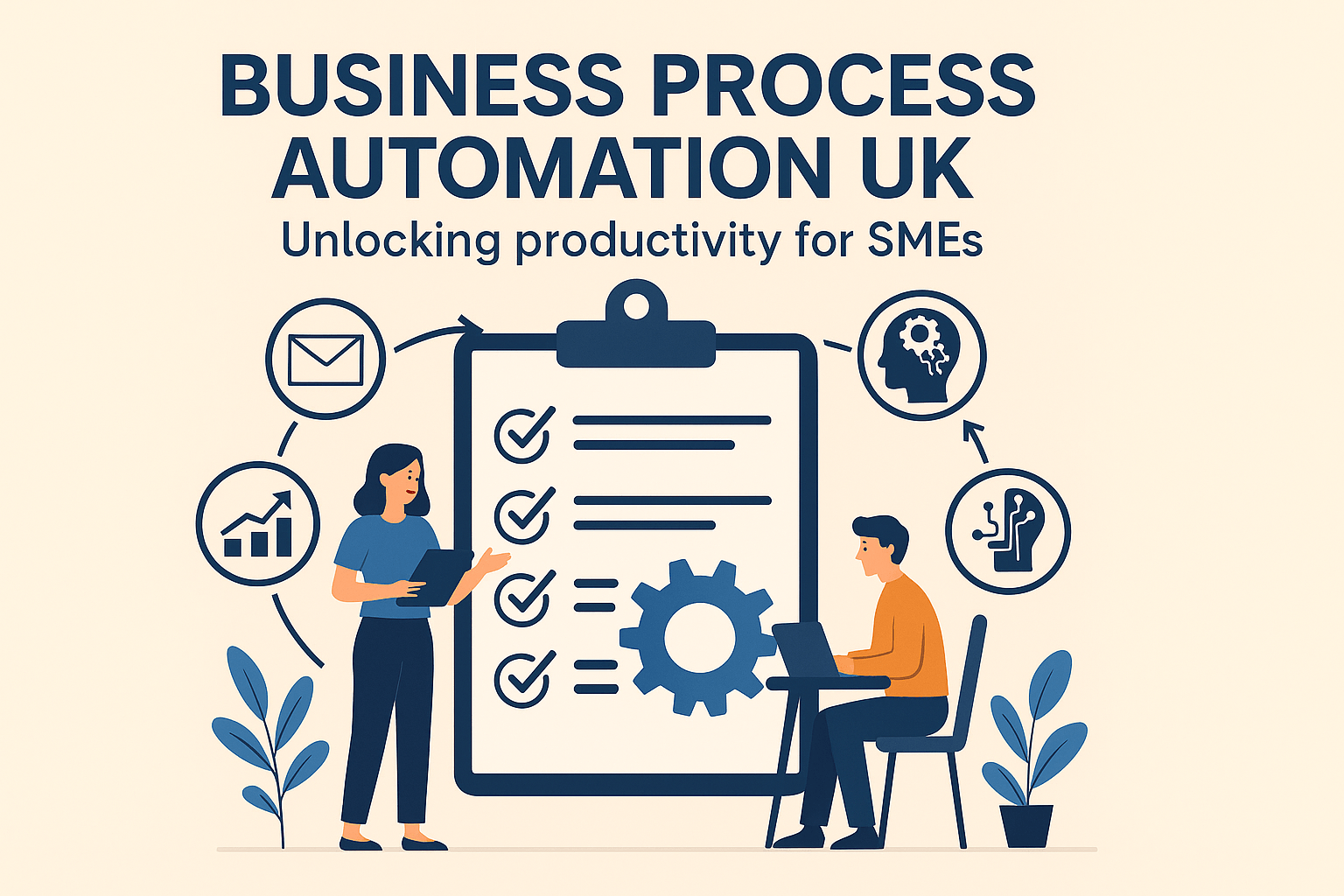In 2025, small and medium-sized enterprises (SMEs) are under increasing pressure to operate efficiently, reduce costs, and remain competitive in an ever-evolving marketplace. Workflow automation, powered by advancements in artificial intelligence (AI), has emerged as a game-changer for businesses aiming to achieve these goals. But how can SMEs determine whether automation is worth the investment? By examining the return on investment (ROI) of workflow automation, we can uncover its financial and operational benefits.
What Is Workflow Automation?
Workflow automation involves the use of software and AI tools to perform repetitive tasks, streamline processes, and reduce human error. From automating invoice processing to managing customer support tickets, automation tools can handle a wide range of tasks across departments.
But is the financial outlay justified? Let’s dive into the data.
The Numbers Speak for Themselves
A recent study by McKinsey estimates that businesses can automate up to 45% of their current tasks, resulting in productivity gains of 20-30%. For SMEs, this can translate into significant cost savings. Here’s how:
- Labour Cost Reduction:
- By automating routine tasks such as data entry or inventory management, SMEs can reallocate staff to higher-value activities, reducing the need for additional hires. For example, a UK-based retail SME implementing automation reported saving over £50,000 annually on administrative costs.
- Faster Turnaround Times:
- Automated workflows eliminate bottlenecks caused by human error or delays. A logistics company, for instance, cut delivery scheduling times by 40% after deploying an AI-driven automation system, enabling faster service and improved customer satisfaction.
- Error Reduction and Compliance:
- Manual processes are prone to errors, which can be costly. Automation ensures consistency and compliance, particularly in finance and legal sectors, where a single mistake could lead to penalties.
The Long-Term Gains
Beyond immediate cost savings, automation provides long-term financial benefits:
- Scalability: Automated systems grow with your business. As your SME expands, the same automation tools can handle increased workloads without requiring proportional increases in staffing costs.
- Employee Satisfaction: Removing repetitive tasks improves job satisfaction and reduces employee turnover, saving on recruitment and training costs.
- Enhanced Decision-Making: Many automation tools come with analytics capabilities, providing insights that help businesses make data-driven decisions.
Real-World Example: A UK Success Story
A London-based marketing agency invested £20,000 in workflow automation software to streamline their campaign management processes. Within a year, they:
- Increased project throughput by 25%.
- Reduced project delivery times by 15%.
- Achieved a direct financial ROI of 150% through cost savings and new client acquisitions.
Overcoming the Initial Investment Hurdle
One common concern among SMEs is the upfront cost of implementing automation. While it’s true that there’s an initial outlay for software, training, and integration, the payback period is often shorter than expected. Many SMEs see ROI within 6 to 12 months, thanks to immediate cost savings and efficiency gains.
Is It Right for Your Business?
Before investing in workflow automation, consider the following steps:
- Identify Pain Points: Focus on areas with repetitive tasks or frequent errors.
- Calculate Potential Savings: Evaluate the time and costs saved through automation.
- Start Small: Pilot automation in one department before scaling up.
Conclusion
In 2025, the question for SMEs isn’t whether to invest in workflow automation but how to do so effectively. The financial benefits—from labour cost reductions to enhanced decision-making—make a compelling case for adoption. With a thoughtful approach, SMEs can leverage automation to unlock growth, improve efficiency, and secure a competitive edge.
At AI Elevation, we specialise in helping SMEs harness the power of AI to streamline operations and maximise ROI. Contact us today to explore how workflow automation can transform your business.



